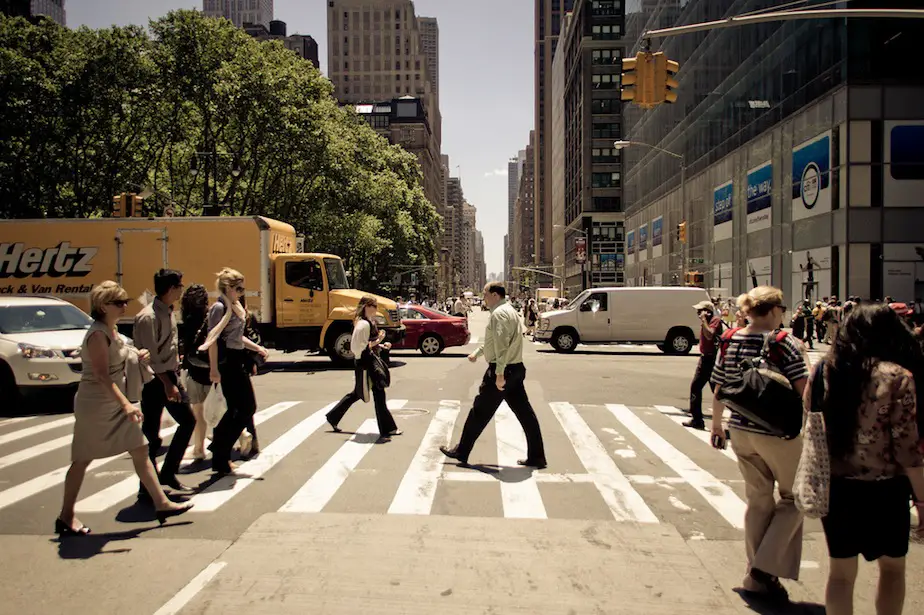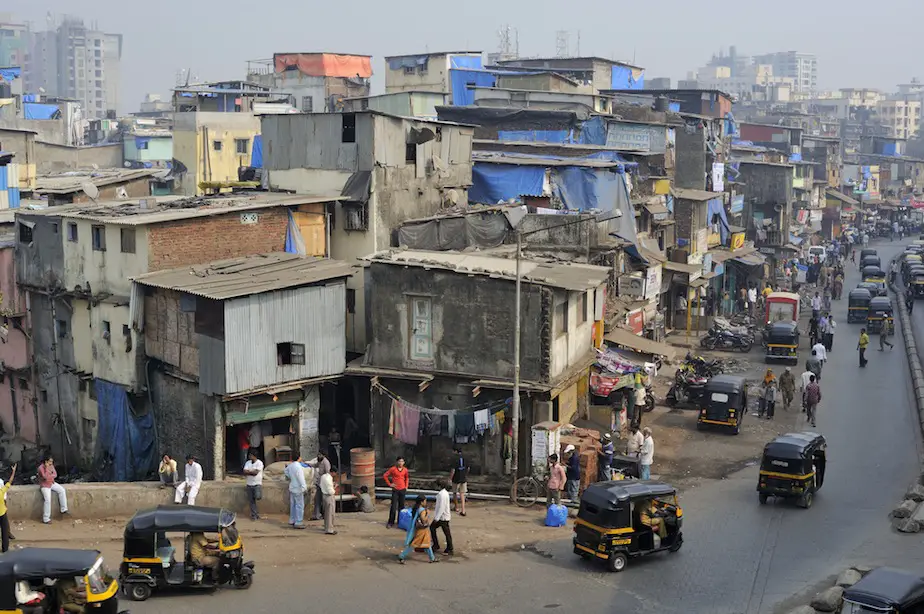China is puzzling to many people, in many ways. One of the least obvious things is the thinking behind the newly built, yet empty “ghost cities.” Why construct entire cities that nobody wants to live in? Another is the construction of the world’s tallest building-to-be, the SkyCity One, in just 90 days. Why the rush?
A report from the McKinsey Global Institute projected that between 2009 and 2025, 350 million people would move from China’s rural parts to its eastern cities, posing immense challenges for developing infrastructure and social services for these new citizens. The same report believed it likely that several new megacities — cities with a population of over 25 million — will pop up as a result of the mass urban migration.
The construction of entire new cities, then, isn’t at all odd. The uncertainty lies not in whether there will be need for new and larger cities, but where this need will be, and what it will look like.
An often cited example is the Kangbashi district of Ordos City in Inner Mongolia. Ordos City had 1.9 million inhabitants in 2010 and is in fact one of the richest cities in China, with a GDP per capita higher than that of Beijing, thanks to the area’s natural resources.As such, it seems very likely that the city will attract much of the regions migrants in the future. The question is only whether they will be interested in the villas in Kangbashi.
Similarly, Zhengzhou, which is the capital of Henan with over 8 million inhabitants, is growing rapidly. Its newly built Zhengdong district was called a “ghost city” by 60 Minutes. But it now seems to be filling up.
It only makes sense that developers would rush to arrange rights to property and start building ahead of time, so they can be the first to meet demand as it emerges.
This mass migration to cities is a global phenomenon: 70% of the world’s population is projected to be living in cities by 2050. The migration is just much larger and more rapid in China.
At the same time, the world is meeting a new challenge in reducing energy usage and environmental damage. If cities are built according to the now out-moded structure of European and North American cities, which are all built around the car as a main mode of transportation, it simply won’t work but will result in an endless sprawl and extreme pollution and congestion.
Cities need to be denser, and therefore, taller. One attempt at imagining the vertical city is the Shanghai Tower. It’s a nicely designed concept that makes heavy use of the term “sustainability,” and will likely become a kind of statement-structure or a monument, similar to the world’s tallest building, the Burj Khalifa. But it’s a one of a kind building and can’t meet the demand of hundreds of millions of new homes.
The only company that has even attempted to present an answer is Changsha-based Broad Sustainable Building, a subsidiary of Broad Group, the world’s largest producer of non-electric chillers and air conditioning units.
BSB has its own standardized, modular process of construction where 90% of the work is done in a factory setting and the last, on-site part of the process merely consists of fitting the pieces together. The benefit of this is a much safer process, and one that is more reliable and possible to plan. It can also create longtime employment instead of the day-labor that is the norm in the global construction industry.
The homes in BSB’s buildings incorporate several of the company’s other technologies for reducing energy consumption: each room has an automatic (and manual) system similar to the NEST Smart Thermostat for keeping temperature a constant 20-27*C, roughly three times as much insulation as a comparable building and three or five pane windows to reduce need for heating and cooling, and air purifiers. Thanks to the new efficient process, these homes are also roughly 30% less costly per square meter. These homes are meant for people, not CEOs or celebrities.
The SkyCity One will be 838 meter and 220 stories tall, and in addition to housing for 30,000 people, will contain space for offices, shops, restaurants, hotels, schools, hospitals and such. It will have internal “roads” or walk-ways connecting the first and 150th floor, communal spaces in the core of each floor, courtyards for sports, and “Sky Gardens” on five of its floors.
In total, including visitors and people working in the building, it can hold up to 100 000 people. Transportation within this city will be taken care of by the 92 elevators, or by walking, for those who feel like it.
Constructing the SkyCity One will prove or disprove the suitability of BSB’s model of construction for stemming the demand created by mass-urban migration. However, as it is located in a rather remote place outside of Changsha, which seems like a reasonable choice of location when testing a new process to build the world’s tallest structure, it will answer technological questions, but none of the social ones.
Today, much of a city’s space is used to distribute functions such as commerce, production, education etc. In a future vertical city, these functions can all be found within the same building, and ‘commuting’ is done vertically instead of horizontally.
This means a fundamentally different relation to space. How will public space be defined and used in a vertical city, and how much and when will we venture outside of it? Will this dense “city of cities”, distributed between 220 storey tall buildings, be the paradoxical realization of a “human scale city” where everything is within walking or biking distance?
How will the demographics of such a city look like? As evidenced by the New Gentrification in San Francisco that is forcing out old inhabitants for new, younger ones, flush with startup cash and the confidence to “change the world,” this might be the actual change needed for more equally distributed cities. In China as well as the U.S. and Europe.


